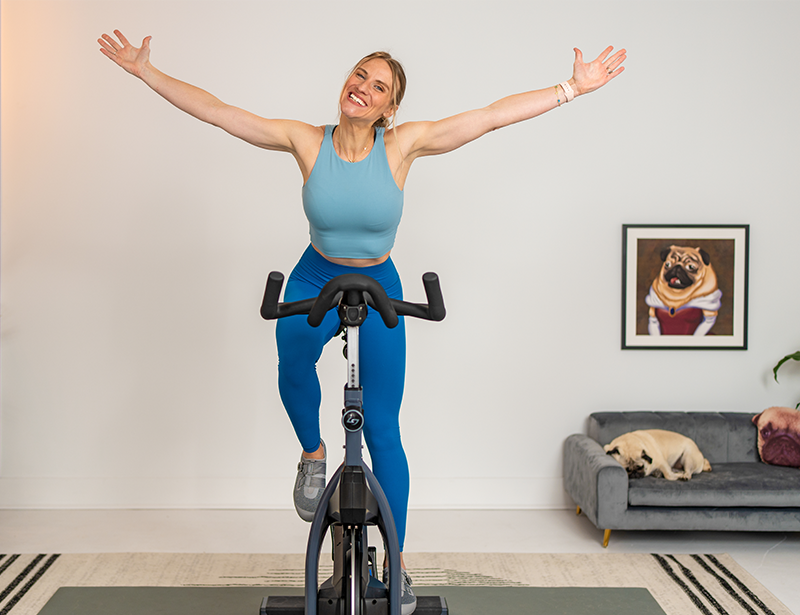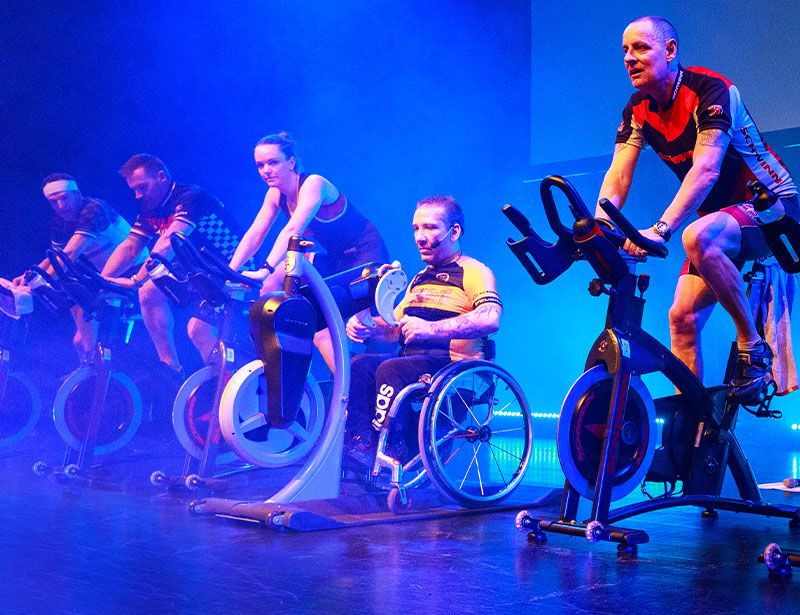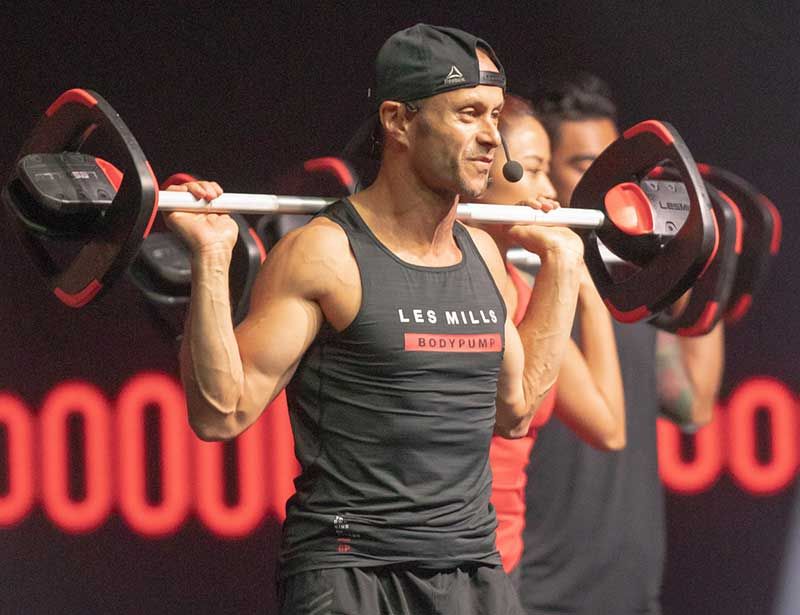Rockstar instructors
Paco Gonzalez
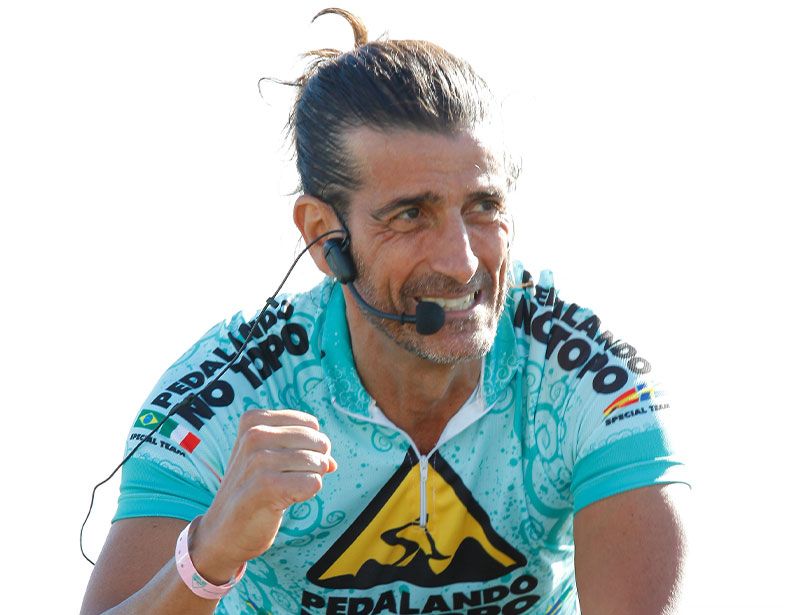
Paco, how did you first discover indoor cycling?
I used to be a bodybuilder, competing nationally and internationally, so it used to be all about weights for me. That was also the focus of my gym in Tenerife, which I opened in 1992. Even in other gyms, there wasn’t much of a group exercise scene in those days. You had aerobics and that was about it.
I first came across indoor cycling in 1997, when I visited a bodybuilding show in the US. There was a small trade show on the side, where Johnny G was promoting Spinning and leading a few small classes. I was fascinated and instantly knew I wanted it for my gym. At no point did I plan to become an instructor myself, though. I was still all about muscles then!
It was love at first pedal. There and then, in that first class, I decided to become an indoor cycling instructor.
Returning to Tenerife, I set about creating a dedicated cycling studio in my gym; I’m pretty sure it was the first in the Canaries. I bought 11 bikes, including one for the instructor, from Technosport – the Keiser distributor for Spain – and created a dark space with disco lights.
I instinctively knew I wanted a party atmosphere in the studio. Everyone knows how to pedal, which gives you the scope to have a bit of fun.
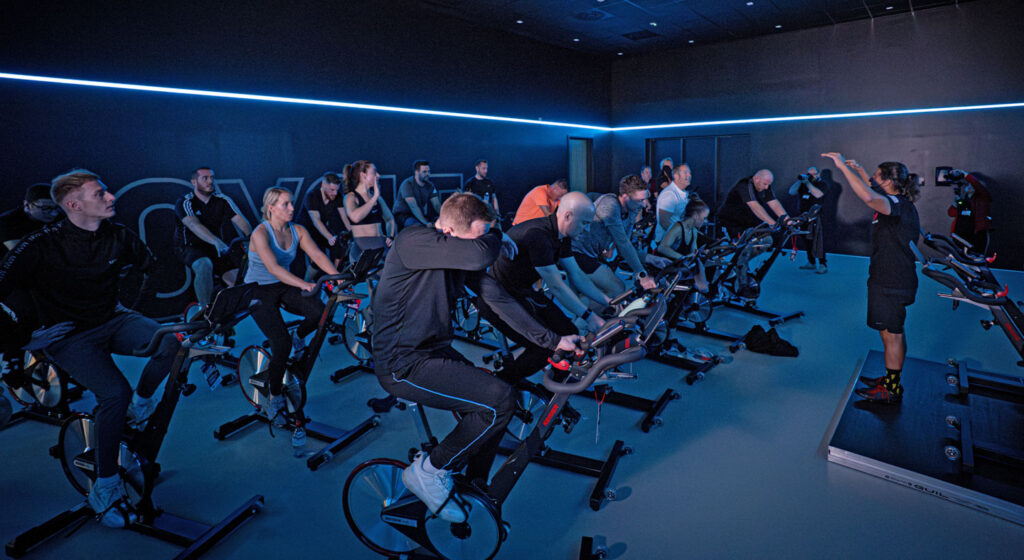
Technosport sent its master trainer, Kim Forteza, to train my team and run a masterclass. He was incredible, opening my eyes to endurance training. I’m living proof that muscle doesn’t turn to fat if you keep training!
I still wasn’t planning to become an instructor, but at training the next day, there was a spare bike. Kim encouraged me to jump on and the rest is history. It was love at first pedal. There and then, in that first class, I decided to become an indoor cycling instructor.
What’s your role now?
I’ve been with Keiser for 25 years, initially as master trainer, now as Latin American sales and education director and cardio product specialist.
It all started at a fitness convention in 1998. All day, classes were running late, so attendees who arrived for the session after mine found themselves in my class instead. I was a new instructor, but I had 1,000 people on bikes in front of me. It felt like a big party – and Dennis Keiser was watching.
I’ve taken classes in more than 65 countries and seen almost everything that’s happened in indoor cycling
The short version: that same year, Keiser sent me to Mexico to negotiate a distribution deal and from then on, I travelled the world as the company’s master trainer. In the process, I’ve taken classes in more than 65 countries and seen almost everything that’s happened in indoor cycling.
One experience that really stands out in my memory was a day spent on top of a mountain in Brazil – at an event called Pedalando no Topo – instructing six classes of 500 people over the course of the day. I did that event every year from 2011–2017. It was fantastic!
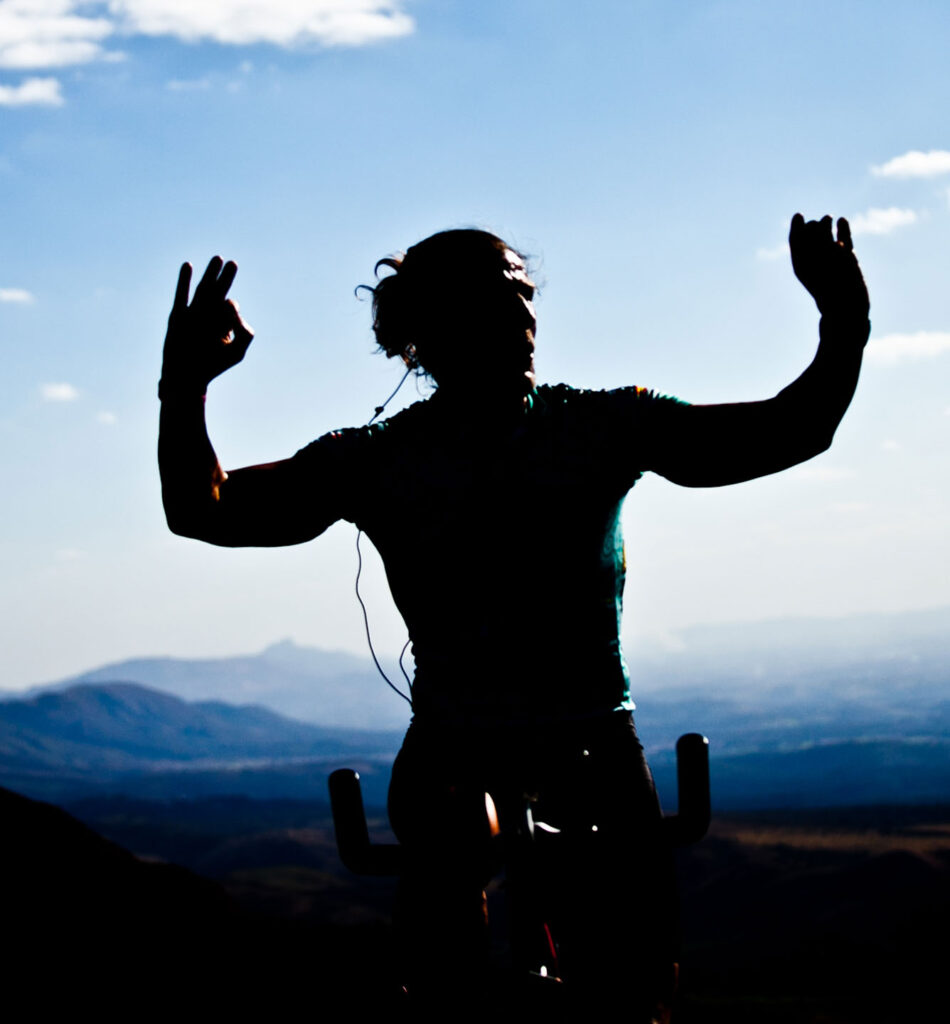
How has indoor cycling evolved?
When I started, it really was about the bike and the instructor. Music was also important, but it was tricky: we were working from cassettes and mini-discs. I had an advantage though: prior to doing a degree in human nutrition and a masters in physiology, my original degree was in media production. I’d never used it, but suddenly I came full circle, putting my knowledge of music mixing and media visuals to good use.
The physical and emotional feeling of teaching a class as an instructor… it’s hard to put into words
Looking at indoor cycling today, things have changed. It’s no longer just about the bike and the instructor, but about the ecosystem and the environment. Classes are smaller, but they’re experience-based. Data, technology and connectivity play a major role. Studio design and AV systems are hugely important. You have so many more tools as an instructor now and you have to know how to use them to sell the experience. It’s about entertainment, entertainment, entertainment.
The instructor is still important, but very few people are specialist now: there are so many choices when it comes to group exercise nowadays, meaning instructors tend to be good in several disciplines rather than exceptional in one.
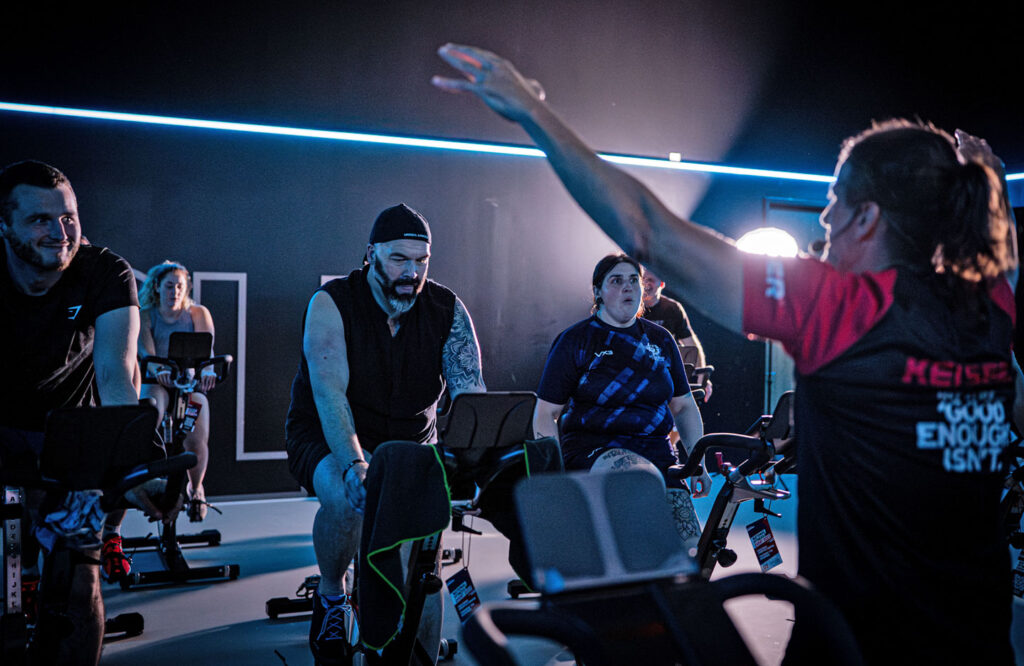
What makes a great instructor?
You don’t have to be a specialist to be a great instructor, but there are some essentials you must tick off.
If you want participants to enjoy your classes, you have to enjoy them yourself – to visibly thrive off sharing your knowledge and your emotions. You’re not going to inspire a passion in others if they don’t see you loving what you’re doing, although always remember you’re there to train the participants, not to train yourself.
Indoor cycling is a group experience, so why don’t we embrace that in the way we use data?
That direct contact with riders is certainly the thing I miss most in my role now. The physical and emotional feeling of teaching a class as an instructor… it’s hard to put into words and I’m sure I will return to it one day.
You also have to understand physiology and programming so you can design great classes. Yes, you must deliver an entertaining, enjoyable experience, but you aren’t only there to put a smile on people’s faces. You’re also there to help them achieve tangible physical results.
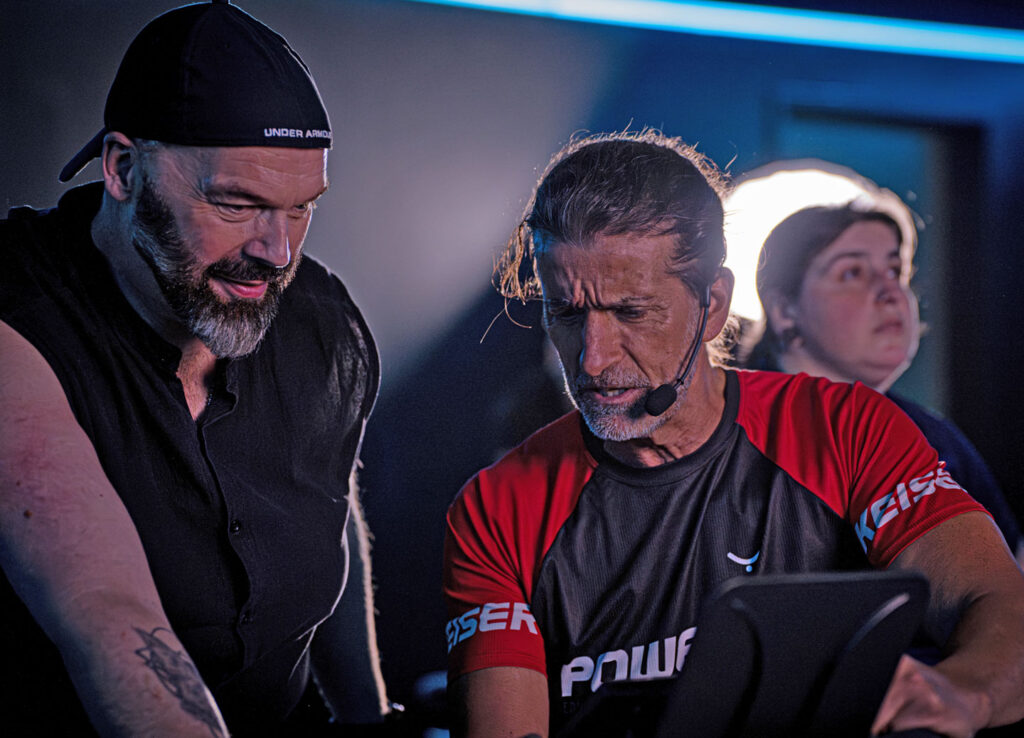
Of course, there are some excellent pre-choreographed programmes and that’s great for generalist trainers who spend their whole day between the gym floor and the studio. Honestly, when do they have time to create their own high-quality programmes and playlists?
However, I personally struggle to use someone else’s programmes. When I design a class, I put all my energy and emotions into the workout and the music. That really shows when I come to deliver it. I find it hard to interpret and deliver a class I didn’t create.
Perhaps most important of all, however experienced you are as an instructor, you have to keep learning. The day you think you know everything, you know nothing. Every country and city I go to, I do a class as a participant. I take in what the instructor is doing, how they’re using music and so on. It’s the best way to learn and continually improve.
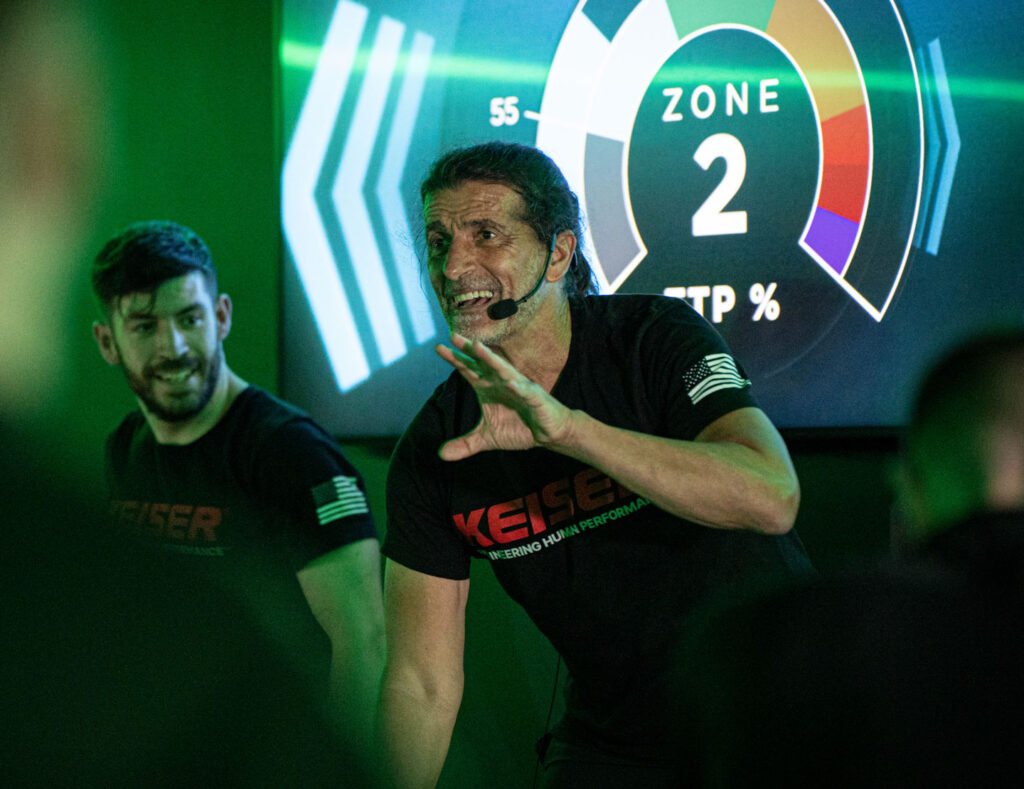
What’s the future of indoor cycling?
We now live in a data-led world. It’s all about connectivity, with technological innovations and class personalisation transforming the way people connect with indoor cycling.
I’m excited by the use of digital applications and platforms, allowing instructors to offer rides that suitably challenge different skill levels and personal goals within the same class.
Anyone who says indoor cycling is dying doesn’t know what they’re talking about. It’s very much alive.
That said, I’m not convinced we currently use data in the best way. Do we need to see each individual’s data on a big screen at the front of the class? Indoor cycling is a group experience, so why don’t we embrace that in the way we use data? Why not set a goal for the whole class – generating 10,000 kilojoules of energy to power the studio lighting, for example – and have that target on the big screen, with everyone working together to achieve it?
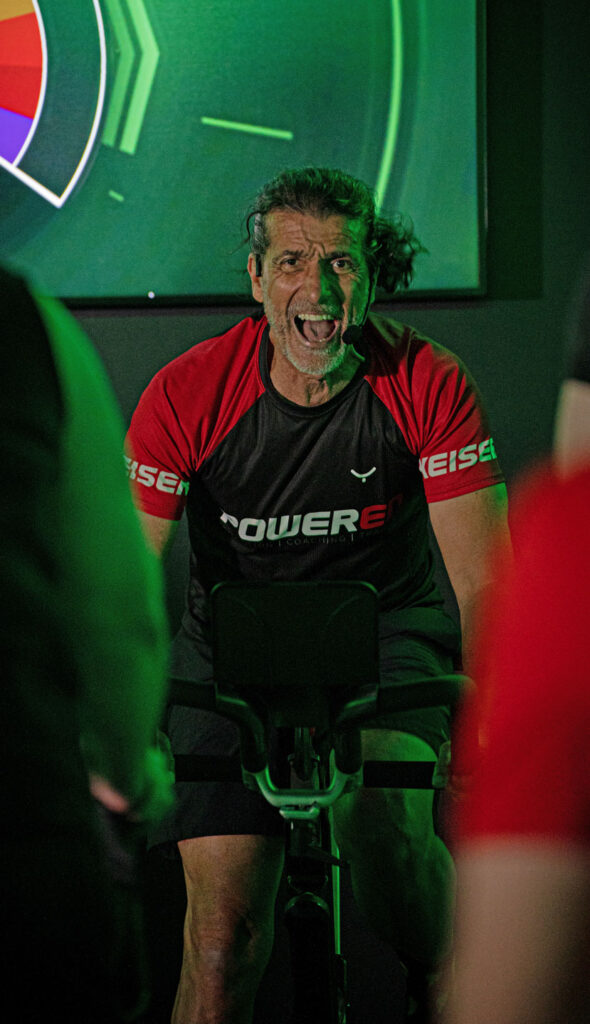
I am pleased by the way indoor cycling is becoming more inclusive and accessible, with a growing number of studios adopting online and on-demand classes. Meanwhile, in-person, the supportive community aspect of indoor cycling continues to motivate people around the world, led by instructors who enthuse, inspire and fuel emotions.
One thing is for sure: anyone who says indoor cycling is dying doesn’t know what they’re talking about. It’s very much alive, with markets such as Brazil, Spain and the UK leading the way.
Video

Conceived, powered and funded by BODY BIKE®, RIDE HIGH has a simple mission: to celebrate and champion the very best of indoor cycling, sharing ideas, stories and experiences from around the world to inspire the sector on to even bigger and better things. Subscribe for free by leaving your details below and we'll send indoor cycling's hottest news direct to your inbox three times a year.

